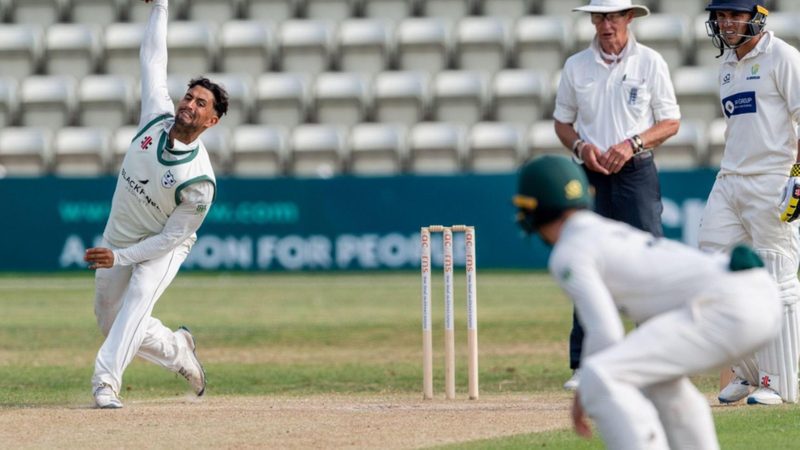
When one thinks about the game of cricket beyond the stars that play it, we tend to focus on its intricacies.
Everyone wants to know how many fours or sixes were hit in an inning or who scored a hundred of fifty for their teams.
On the bowling front, how many wickets a bowler takes, the mode of dismissals, maidens bowled and economy rates are often under the scanner.
However, one facet of the game from the bowling perspective that is often overlooked by fans is dot balls and their importance.
Dot balls can have a major say in deciding which team eventually goes on to win a game and they can be extremely valuable, especially in limited-overs cricket.
But precisely what is a dot ball in cricket? And how can they impact a match? Here’s a closer look at the significance of dots in cricket.
What is dot ball in cricket?
A delivery is considered to be a dot ball when no runs are conceded off it. While facing a ball when a batting side fails to score runs off the bat or by any other means, that particular delivery is called a dot ball.
Dot balls are vital for fielding sides, in particular, and can have a major say in the outcome of a contest in limited-overs cricket.
The reason dot balls are called such is because of cricket’s scoring system. When a ball is delivered and no runs are scored or conceded via the bat or extras, the score registers the delivery in question as a single dot in the scorebook, hence the name.
Just like a wicket ball sees an entry of w in the scorebook, a dot ball is recorded as a dot. This is also the reason why wicket balls and dots are considered separate entities in cricket.
As already mentioned, dot balls are vital in limited-overs cricket as they can bring added pressure to a batting side that is looking to accelerate and boost its run-rate.
Bowlers sometimes get lucky as batters miss bad deliveries entirely, thereby gifting them dots. However, yorkers and wide full-pitched deliveries inside the tramlines of a pitch are a couple of ways to bowl dots in the fag end of the inning when batters are looking to go hell for leather.
Slower balls and bounces are a couple more effective ways in which bowlers can engineer dot balls.
All things said, there’s no denying the fact that dot balls can play a crucial role in limited-overs cricket in terms of building pressure on batters and forcing them into mistakes.
It is for this reason that many consider dots to be as good as wickets when batting teams have their back against the walls in One-Day matches or T20s. Their weight can be measured in gold, especially when the batting side is chasing the game and are behind the eight ball.
Photo credit: Alamy




























